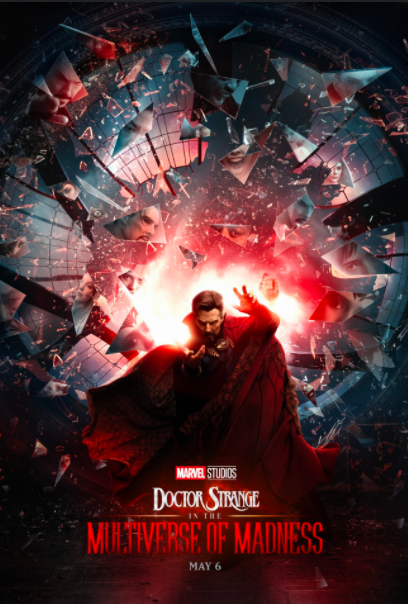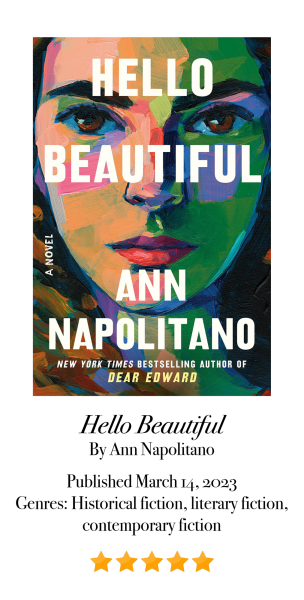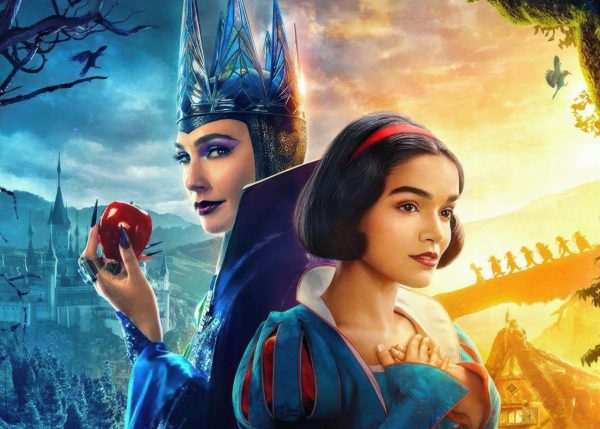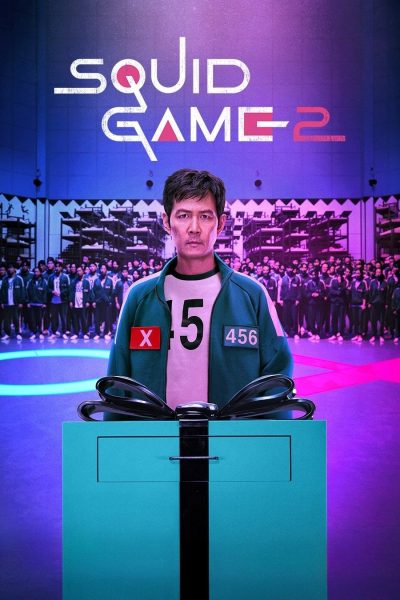Dr. Strange in the Multiverse of Mid-ness
DISCLAIMER: THIS ARTICLE CONTAINS SPOILERS
Despite its anticipated success, Doctor Strange in the Multiverse of Madness has left a majority of the Marvel fan community confused and disappointed. Although a prospective viewer would assume Dr. Strange (Benedict Cumberbatch) to be the main character based on the title, they would be wrong.
Directed by Sam Raimi, the movie begins with Dr. Strange casting a spell into the world, despite being aware of its effects. It opens a portal into the multiverse, which introduces America Chavez (Xóchitl Gomez) into the Marvel Cinematic Universe (MCU). With the ability to travel through the multiverse, she has the potential to be either a great asset or the destroyer of mankind. In a race to get to Chavez first, Dr. Strange and Wanda Maximoff (Elizabeth Olsen) go head-to-head throughout the movie.
The film sheds light on misogyny in real life through its portrayals of Wanda’s actions. Despite that, they both do what they believe is right, Wanda is ridiculed and exiled while Strange is praised. Why is that? Misogyny. Despite the weaknesses of the rest of the film, the producers did a great job highlighting modern issues.
Wanda plays an immense role in the movie, and many fans agree that a title focused on her, such as, “Wandavision: The Movie” or simply “Maximoff,” would better suit the film than its chosen title. Even as dedicated Marvel fans, viewers have come to the conclusion that feeding pigeons would have been more enjoyable than sitting through all 126 minutes of runtime.
The inclusion of Dr. Strange in Wanda’s moral struggle feels like an attempt to make it easier to defeat her. Similar to his appearance in Spiderman: No Way Home, Strange essentially serves as a character implant to increase the film’s popularity, rather than a fully fleshed-out character. Strange’s return to the MCU was highly anticipated, especially given his widely-acclaimed eponymous solo film, released in 2016. After a long six years of waiting, a movie meant to be his simply wasn’t.
The plot itself felt packed and was not linear enough to follow. While we found ourselves stunned multiple times throughout the screening, these moments combined feelings of awe and intense confusion in lieu of genuine intrigue. In the words of Owen Gleiberman of Variety magazine, Multiverse of Madness is “a somewhat engaging mess, but a mess all the same.”
Although it does not completely excuse its weaknesses, the film had some production disruptions due to the ongoing COVID-19 pandemic. In an interview with Rolling Stone, Raimi explains, “COVID-19 delays were a blessing because it brought us more time to work on the script.” In the eyes of many viewers, the production needed even more time. The cast did well with their individual performances, but the dialogue felt weak.
Furthermore, the A-list cast was strong, and everyone’s acting was incredible. The movie’s Computer Generated Image (CGI) left us underwhelmed, however — comparable to the mediocre special effects in Marvel’s Black Widow. Most fans expected a multitude of fun and trippy scenes, but the best show of effects on offer was Dr. Strange’s third eye, a far cry from the mesmerizing CGI of other Marvel films. As captivating as the movie was while watching it, all of this awe remained in the theater and failed to leave a lasting impression. The film left watchers perplexed by its disorganized plot, and, in the words of Lila Aylwin (III), “It was incredibly ‘mid.’”
All things considered, we rate Doctor Strange in the Multiverse of Madness a 4/10: three points for the odd plot, lackluster CGI and excessive length, and one bonus point for the Rachel McAdams feature.











